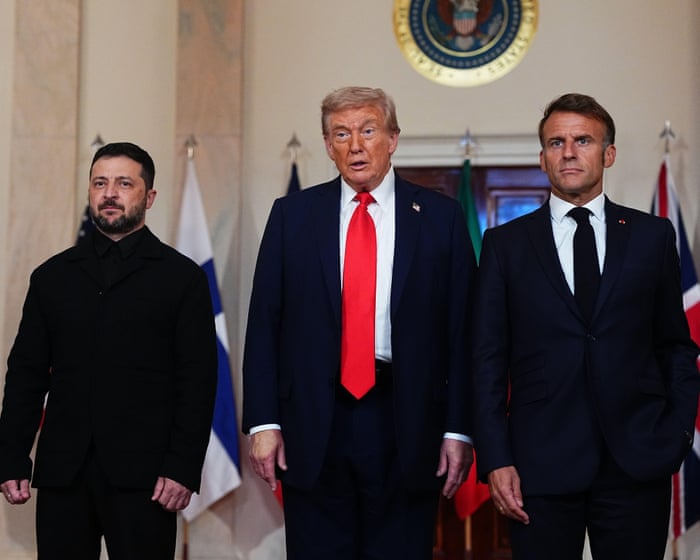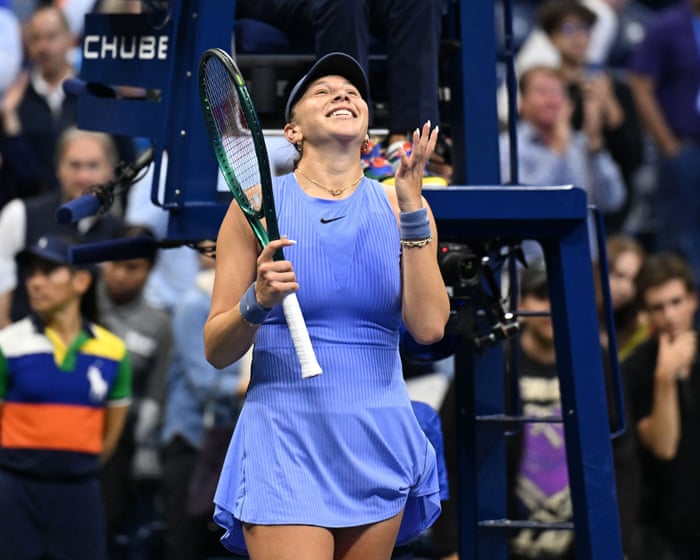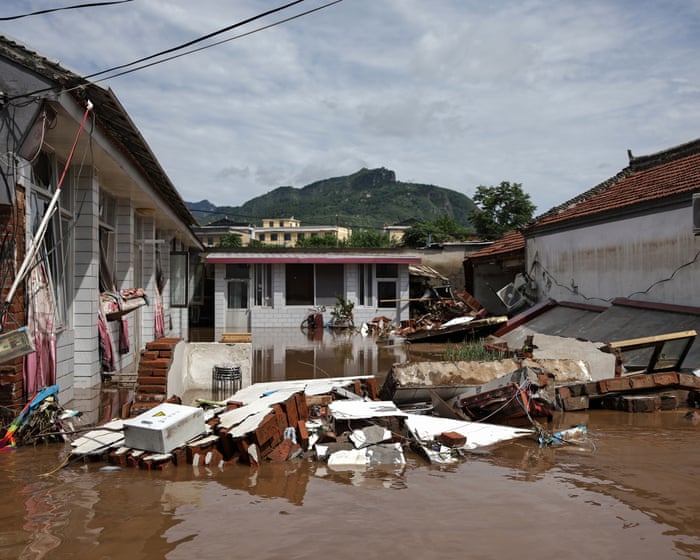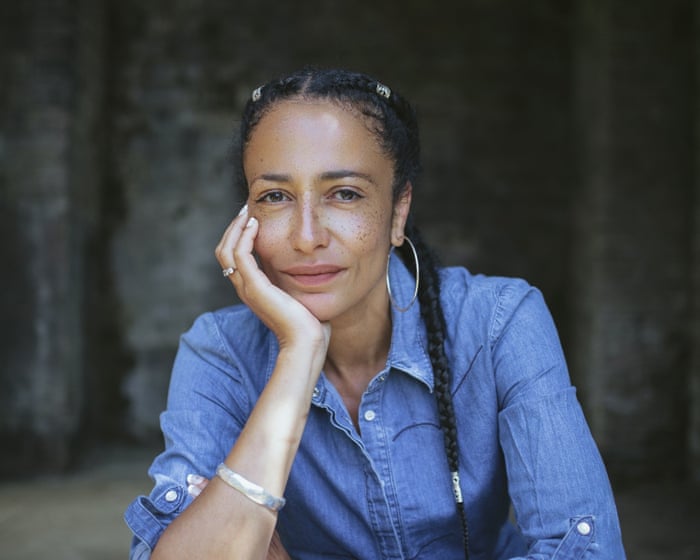European leaders are holding new talks following their White House meeting with Volodymyr Zelenskyy, as uncertainty remains over Vladimir Putin’s willingness to meet the Ukrainian president.
The “coalition of the willing,” co-chaired by Keir Starmer and Emmanuel Macron, first met virtually before joining a video conference hosted by European Council President António Costa. This burst of diplomatic activity comes after an unprecedented joint visit with Zelenskyy to the White House, aimed at urging Donald Trump to take a stronger stance with Putin, just days after their friendly summit in Alaska.
On Monday, Trump and several European leaders in Washington stated that Putin had agreed to hold face-to-face talks with Zelenskyy in the coming weeks in an effort to end the three-and-a-half-year war in Ukraine. Macron proposed Geneva as a possible location for the meeting, and a senior U.S. official told Reuters that Hungary was also under consideration. However, Moscow has not yet confirmed that such a meeting—which would be the first between the two leaders since the invasion—is being planned.
Kremlin aide Yuri Ushakov said only that Putin and Trump discussed the idea of “raising the level of representatives” in Ukraine talks, without clarifying what that meant or mentioning a possible trilateral meeting with Trump and Zelenskyy. On Tuesday, Russian Foreign Minister Sergei Lavrov told state TV that any meeting between the Russian and Ukrainian presidents would require thorough preparation.
In a Fox News interview, Trump acknowledged that Putin might not want to make a deal, adding that the Russian leader would face a “rough situation” if that were the case.
At the core of Tuesday’s talks among European allies was the question of what security guarantees could be offered to Ukraine. Zelenskyy described these guarantees as “a key issue, a starting point towards ending the war,” and welcomed Trump’s indication that the U.S. was ready to participate in such an arrangement. Zelenskyy said the guarantees would be “formalized in some way in the next week or 10 days,” though that timeline may prove challenging given the pace of diplomacy involving Trump’s White House.
In a social media post, Trump mentioned that the White House talks included plans for European countries to provide security assurances to Ukraine, with the U.S. acting as “coordinator.” Britain and several European allies have suggested a “reassurance force” that could be sent to Ukraine under a future peace deal to deter further Russian aggression. These plans would require strong U.S. support, but Trump has been reluctant to deploy American troops as guarantors. Instead, he said the U.S. was willing to assist with air operations.
Moscow rejected any possibility of NATO personnel being stationed in Ukraine, stating its firm opposition to such scenarios. Other proposals for security guarantees include Western allies offering Ukraine Article 5-style protection, similar to NATO’s collective defense commitment.
In a statement after Monday’s White House meeting, Italian Prime Minister Giorgia Meloni said that while Ukraine would not be joining NATO, Western allies would commit to a collective security clause ensuring Ukraine receives support from all partners, including the United States.The United States has stated it is prepared to act if attacked again. Zelenskyy has firmly rejected any agreement that would restrict the size of Ukraine’s military, emphasizing that a strong army is essential to the country’s security. This stance directly contradicts the terms Putin has previously indicated would be acceptable for ending the war.
Although Western leaders struck an optimistic and congratulatory tone toward Trump at the White House, the divide between Russia’s demands and Ukraine’s readiness to make concessions remains wide. There is still significant uncertainty about what Trump actually proposed and whether Putin agreed to anything during the Alaska summit. Some worry that Trump may have exaggerated the results and misread Moscow’s openness to compromise.
Monday’s meeting at the White House provided little clarity on Putin’s territorial conditions. The Russian leader insists that Ukraine withdraw from Donetsk and Luhansk, while Zelenskyy has drawn a firm line against surrendering any territory beyond what is currently occupied or legitimizing Moscow’s control.
Some analysts argue that, despite the diplomatic activity, there has been little genuine progress toward ending the conflict. “Nothing happened in Anchorage on August 15th. Nothing happened yesterday in Washington DC,” wrote Gérard Araud, former French ambassador to the U.S., on X. “Putin, Zelenskyy, and European leaders were all relieved: they had avoided Trump making unwelcome decisions. It was a triumph of empty vagueness and meaningless commitments.”
Frequently Asked Questions
Of course Here is a list of FAQs about European leaders discussing security guarantees for Ukraine following talks with Trump designed to be clear and helpful for a range of readers
BeginnerLevel Questions
1 What are security guarantees for Ukraine
Security guarantees are formal longterm promises from other countries to provide Ukraine with military equipment training intelligence and economic support to defend itself against future aggression primarily from Russia
2 Why are European leaders discussing this now
They are discussing it urgently because of the recent US presidential election and talks with Donald Trump There is a major concern that US support for Ukraine could change under a new administration so European nations are planning how to ensure Ukraines defense continues strong even without full US involvement
3 Who is involved in these discussions
Key European leaders from countries like Germany France the UK and Poland as well as officials from the European Union and NATO They are coordinating their response based on signals from the potential incoming US administration
4 What does Donald Trump have to do with this
As the presumptive Republican presidential nominee his past statements suggest he may push for a quick negotiated end to the war that could be unfavorable to Ukraine or significantly reduce US military and financial aid European leaders are preparing for this possibility
IntermediateLevel Questions
5 What would these Europeanled guarantees actually look like
They would likely involve a multiyear commitment to fund weapons purchases help modernize Ukraines military and potentially station troops in neighboring countries for training and deterrence stopping short of sending NATO combat troops into Ukraine itself
6 Whats the biggest challenge in creating these guarantees
The main challenge is filling the potential gap left by the United States The US has been the single largest provider of military aid to Ukraine European defense industries are ramping up production but it will take time and a huge amount of coordinated funding to match that level of support
7 How is this different from Ukraine joining NATO
Joining NATO would grant Ukraine the protection of Article 5 meaning an attack on Ukraine would be considered an attack on all NATO members requiring a collective military response These security guarantees are a powerful alternative but stop short of that full automatic mutual defense pledge




